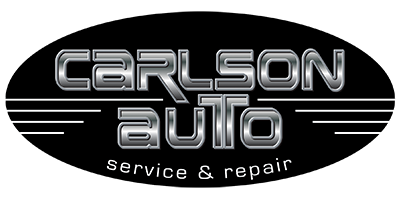The brakes are best checked when the tires have been removed from the vehicle. That means the vehicle should be placed up on a lift, the tires removed and then an inspection should take place. We can make an estimate with the tires on, but a more accurate reading of the brake pad level is done when the tires are removed and the brakes can be seen clearly. We can check the brake pads, brake rotors, and the rest of the brake system to see what condition it is in.

Once the tires are removed, the brake pads can be measured. Depending on how thick they are determines what percentage of brake pad is left. Once the pads get down to only having twenty fiver percent or less left, you want to think about changing them. The less brake pad there is, the higher the chance of it snapping and having a brake failure. The thinner the brake pads are, the higher the chance that the rotors or calipers can be damaged as well. Keeping the brake pads replaced on time will prevent other costly repairs to the brake system.
As the brake pads start to wear, they will eventually cause wear with the brake rotors. Since the brake pads are all around the tires, they get exposed to dirt, debris from the road, and the harsh weather conditions. The harsh conditions can wear away at the rotors or even get in between the parts and cause damage. An inspection will be able to spot any kind of damage so that you can have it cleaned out or replaced before any damage can be done to other parts. The other problem could be you get in an accident. If you notice something out of the norm with your vehicle, make sure to bring it in as soon as you can so we can inspect it for how reliable the brakes are. This can help you to save time, money, and stress in the long run.
